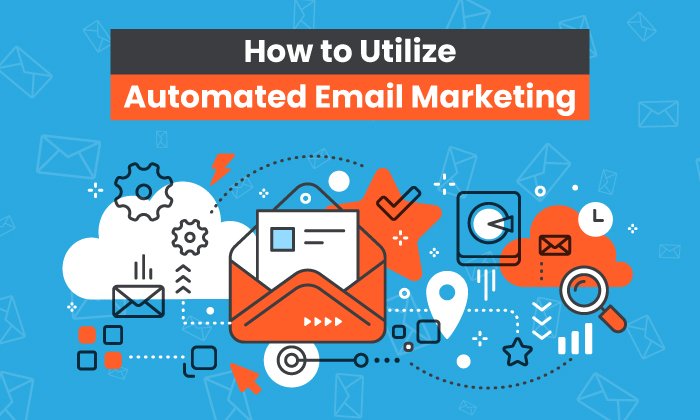Nonprofit Email Marketing: The Ultimate Guide To A Successful NPO Email Strategy

Effective email and newsletter marketing is crucial for a nonprofit organization’s (NPO) success. With scarce resources, limited staffing, and divided leadership attention, investing in marketing efforts can often take a backseat to more urgent matters.
Luckily, email marketing is both cost-effective and less time-consuming than other NPO marketing strategies. Regularly sent out, well-crafted newsletters can give your nonprofit authority while also helping you stay at the forefront of your donors’ minds.
By reading this post, you will discover how your nonprofit can stay connected with donors and attract exciting new prospects through personalized and meaningful email marketing.
Table of Contents
- Why does email work for nonprofits?
- Email Marketing Best Practices For Nonprofits
- How to Write an Amazing Nonprofit Newsletter
- Examples of Nonprofit Fundraising Emails
- Free Email Marketing Software for Nonprofits
Why does email work for nonprofits?
Studies show that email continues to offer the highest return on investment (ROI) of any outreach strategy. TruConversion reports that an email marketing campaign can deliver a return of $40 for every $1 spent. This makes email the channel with the highest ROI that nonprofits can use to reach prospective donors.
Additionally, 91% of all US consumers still use email daily. Email can therefore enable NPOs to reach audiences that might not otherwise engage with their marketing efforts on social media.
Pro tip: Before starting a new email campaign, make sure it aligns with your nonprofit marketing plan and helps you reach your organization’s goals.
Email Marketing Best Practices for Nonprofits
1. Commit to regular sends.
Nonprofits are often stretched for resources, and it’s easy to set marketing aside for matters that seem more pressing. However, regular email marketing is one of the most effective ways to grow your organization. A content schedule for your emails can keep you organized you can frequently engage with and steadily grow your donor base.
Making email sends an “always on” part of your marketing strategy will play a big role in your success on the channel. “Always on” doesn’t mean that you’re bombarding your email list with constant messages — it means that you’re committed to consistency in how often you send your emails.
Send informative emails on a predictable schedule, instead of only when you’re actively running a campaign or seeking donations. This will help nurture your audience towards deeper forms of engagement (like donating or attending an event) in the future. Remember: the goal is building long-term relationships.
Setting the right cadence for your emails is important to keep the members of your list engaged with your organization. When you’re first starting out, this requires a careful balancing act. You don’t want to send too few emails, but you also don’t want to veer into potential spam territory. More on that in the next section.
Pro tip: Double-check that your email offers value to your readers before sending. Value could include the latest …read more
Source:: HubSpot Blog

![Download Now: Nonprofit Marketing & Fundraising Trends for 2022 [Free Report]](https://no-cache.hubspot.com/cta/default/53/6193b715-2ba9-4c6d-add0-681edfcae689.png)






